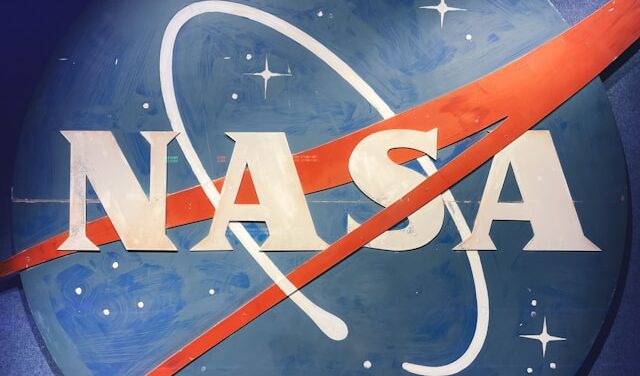NASA engineers employ creative solutions to fix communication glitch
NASA engineers have successfully received decipherable data from Voyager 1 for the first time in five months, overcoming a communication problem on humanity’s most distant spacecraft.
Voyager 1, currently positioned about 15 billion miles away, experienced a glitch in its flight data system last November, resulting in an indecipherable repeating pattern of code.
The flight data system of Voyager 1 collects information from its science instruments and health status data, which is transmitted to Earth in binary code. However, since November, the spacecraft had been transmitting a steady radio signal devoid of usable data.
The breakthrough came on April 20 when the mission team received coherent data indicating that Voyager 1’s engineering systems are healthy and operational.
The resolution to the communication problem was a result of a clever solution developed by the team. Upon discovering the issue, they sent commands to restart the spacecraft’s computer system, attempting to understand the root cause.
During this troubleshooting process, the team noticed a unique signal from one part of the flight data system. Though the signal was not in the usual format, it was decoded by an engineer with NASA’s Deep Space Network, revealing the entire flight data system’s memory readout.
Through this readout, the team identified that 3% of the flight data system’s memory was corrupted due to a malfunctioning chip. Unable to repair the chip, they devised a plan to store the affected code elsewhere in the system’s memory.
Dividing the code into sections and storing them in different spots within the flight data system, the team successfully modified the code to ensure its functionality.
After sending a radio signal to Voyager 1 commanding the code relocation on April 18, the team received confirmation on April 20 that the modification had worked, allowing readable engineering data transmission.
The Voyager mission, originally designed to last five years, has far surpassed expectations, providing valuable insights into our solar system and interstellar space. Voyager 1 and its twin, Voyager 2, launched in 1977, are the longest operating spacecraft in history.
While Voyager 1 continues its journey through interstellar space, the team looks forward to receiving science data from the spacecraft in the coming weeks. Despite encountering various anomalies over the years, the Voyager mission persists, driven by the dedication of the team and the enduring capabilities of the spacecraft.
